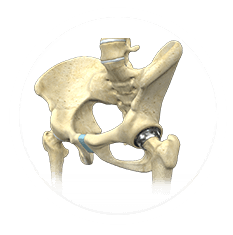Combating Sports-Related Concussions: New Device Accurately and Objectively Diagnoses Concussions from the Sidelines
Source: Science daily
In the United States there are millions of sports-related concussions each year, but many go undiagnosed because for some athletes, the fear of being benched trumps the fear of permanent brain damage, and there is no objective test available to accurately diagnose concussions on the sidelines.
Balance tests are a primary method used to detect concussion. The current means of scoring these tests relies on the skill of athletic trainers to visually determine whether or not a concussion has occurred.




